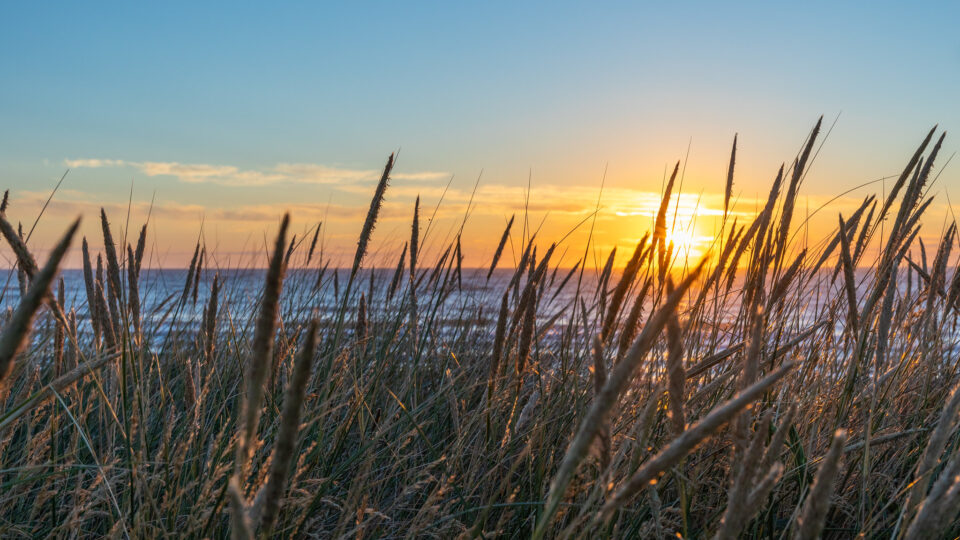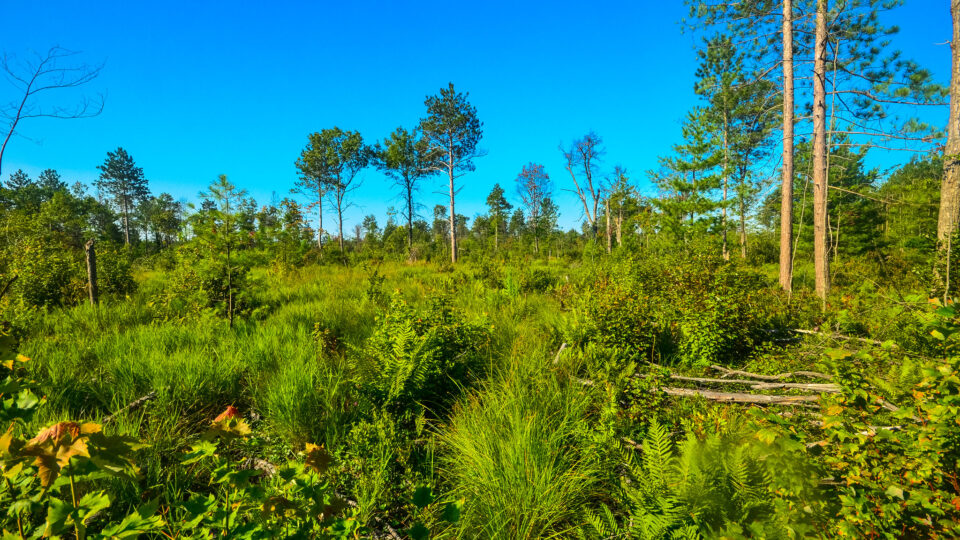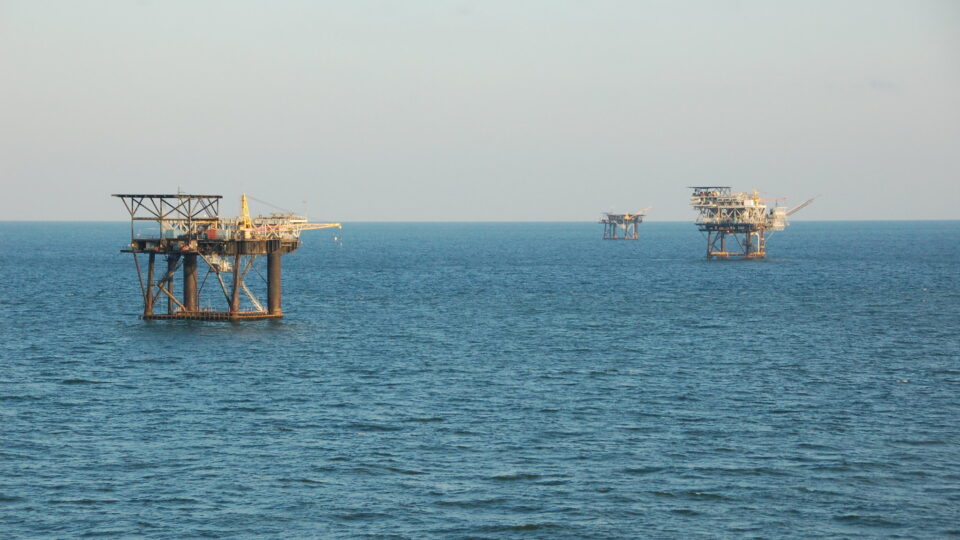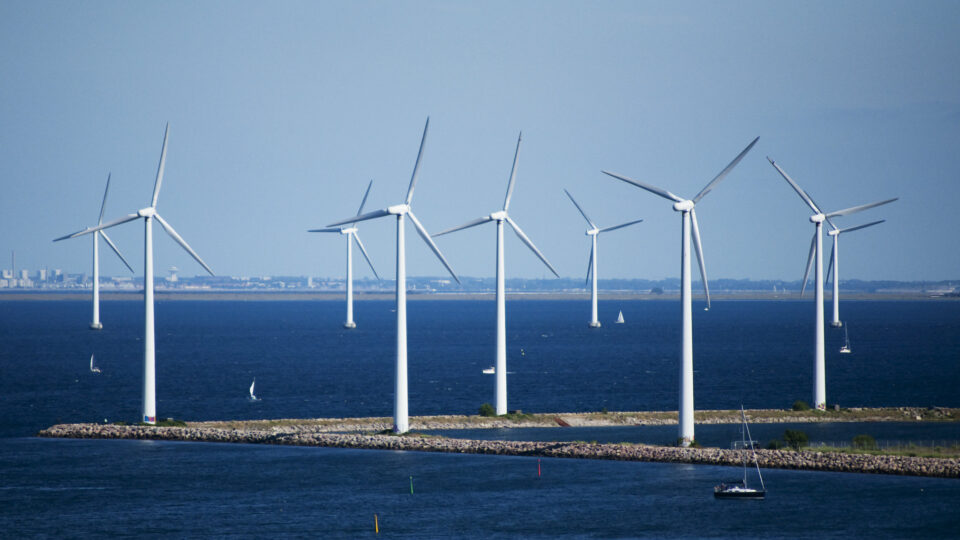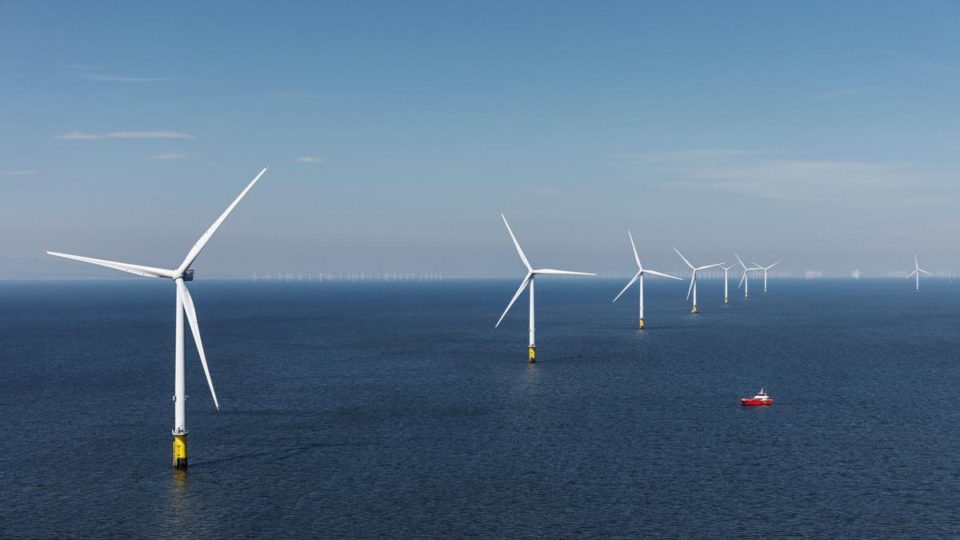Denmark has pledged to reduce greenhouse gas emissions 70% by 2030 compared with 1990 levels. The country has also banned oil exploration in Danish waters and plans to phase out offshore drilling in the North Sea by 2050.
Instead of pumping oil from the North Sea, Denmark plans to capture CO2 and store it there. To meet its climate goals, Denmark is investing $2.4 billion in a plan to capture carbon dioxide from its energy and industrial sectors and inject it into the seabed in geological formations that previously held oil and gas deposits.
The first North Sea carbon capture and storage facilities will be put into service in 2025 and will remove nearly half a million tons of emissions from the atmosphere each year. The carbon dioxide will be captured from energy and industrial sectors such as waste incineration and cement production.
There are multiple carbon capture projects underway around the world. Many are directed at so-called direct air capture, which is taking carbon dioxide out of the air once it is already there. In Iceland, a project named “Orca” is extracting CO2 from the air and piping into a processing facility where it is mixed with water and diverted into a deep underground well. Other large direct air capture plants are being built in the U.S. Southwest and in Scotland.
Whether capturing carbon from industrial operations or directly from the air ultimately makes environmental and economic sense remains to be seen. What is driving the development of these technologies is the troubling math that reducing emissions is not happening fast enough to stave off the destructive effects of climate change that will result from global temperatures rising too much.
**********
Web Links
Denmark bets on North Sea carbon capture to hit climate goals
Photo, posted July 2, 2018, courtesy of Ansgar Koreng via Flickr.
Earth Wise is a production of WAMC Northeast Public Radio.
